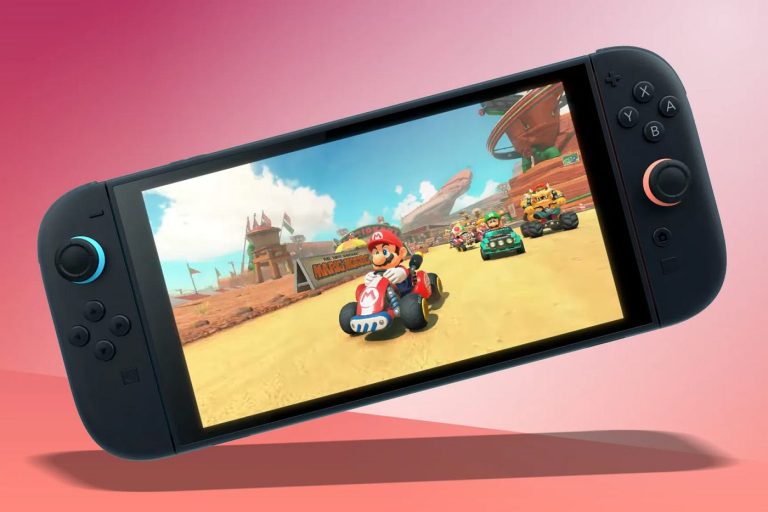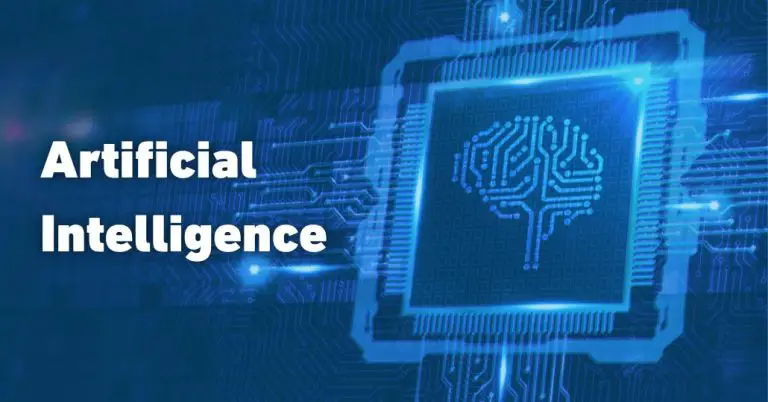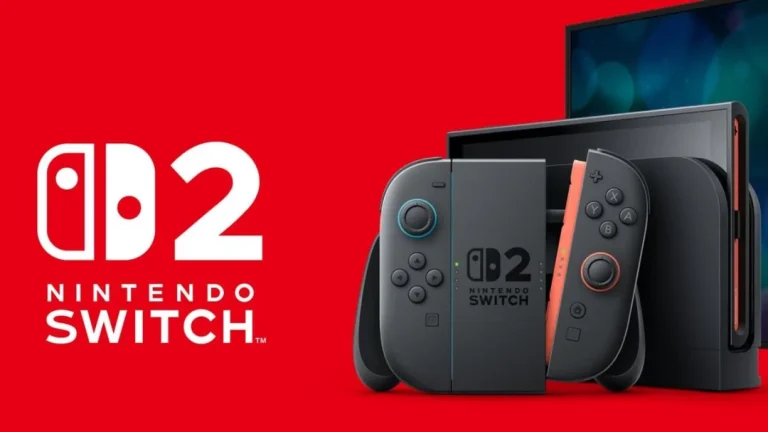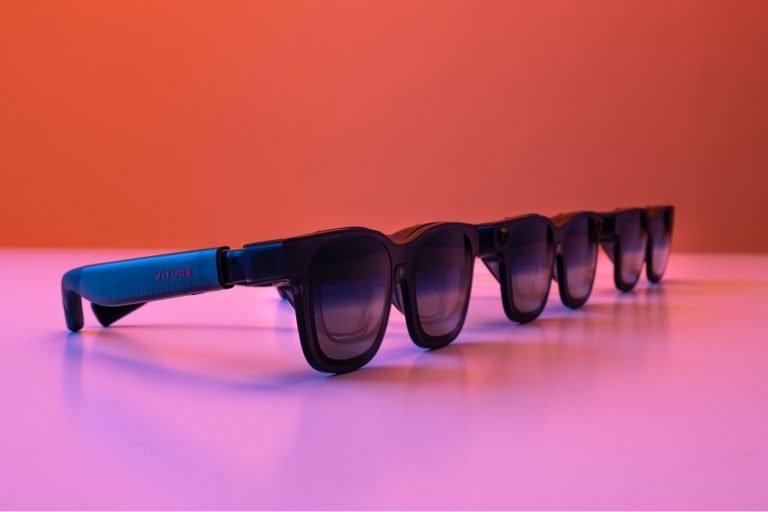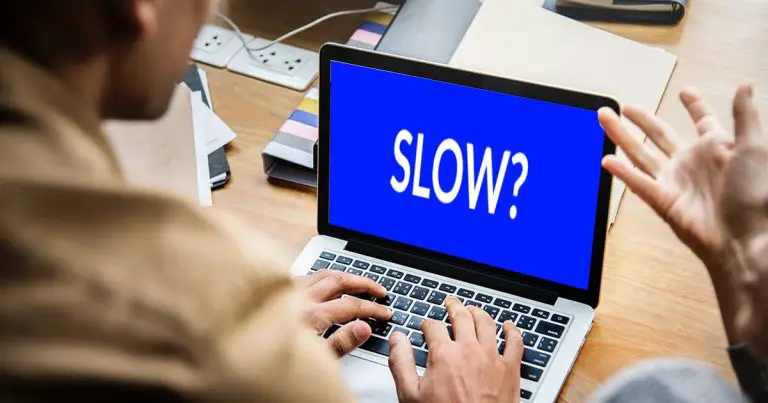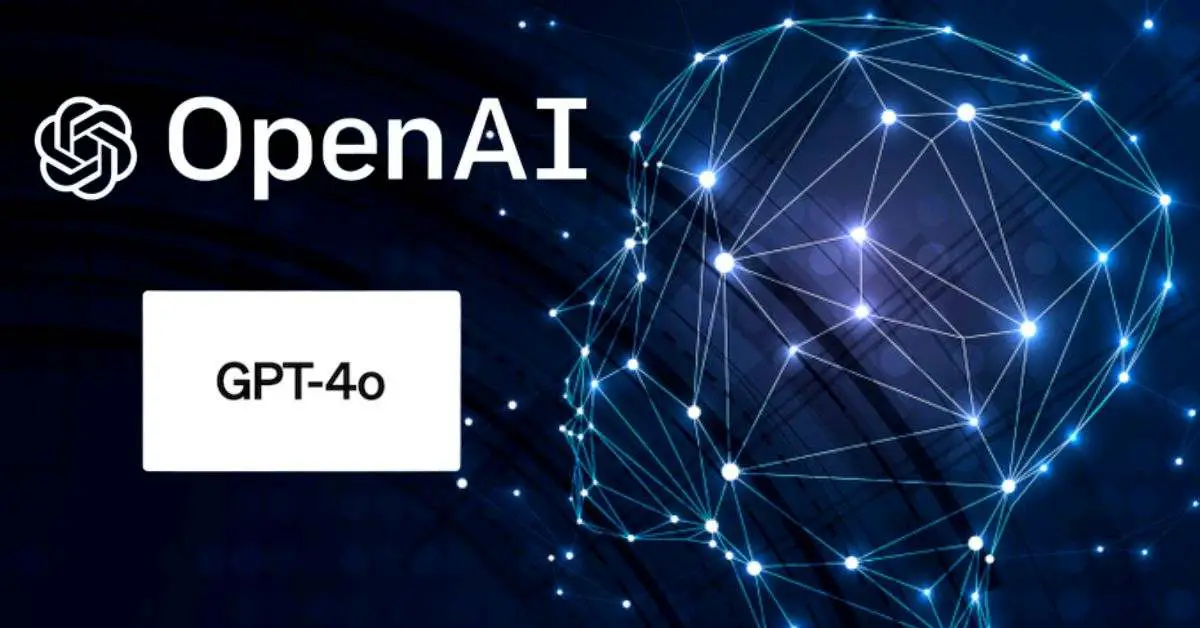
OpenAI has introduced a major upgrade to ChatGPT’s capabilities. This capability brings advanced image generation and editing features powered in ChatGPT by its latest model, GPT-4o. This signifies a huge jump in AI creativity that allows users to generate, refine, and modify images directly within ChatGPT. This feature is something that was previously only possible with OpenAI’s separate DALL·E 3 model.
This new functionality improves ChatGPT’s role as a multimodal AI assistant, blending text and image capabilities smoothly. With GPT-4o, users can create highly detailed images, make edits to existing ones, and even modify aspects of an image, such as backgrounds, objects, or facial features with precision. These improvements make AI-powered visual content creation more accessible and integrated than ever before.
What’s New with GPT-4o’s Image Generation?
Previously, ChatGPT could only generate and edit text. Image creation was handled separately through DALL·E 3, which had limitations in accuracy, detail, and flexibility. Now, with GPT-4o:
- Higher Accuracy & Detail: GPT-4o takes longer to process images than its predecessor, but the results are greatly more accurate and visually refined.
- Seamless Editing & Inpainting: Users can adjust existing images by replacing objects, modifying backgrounds, or even transforming facial features while maintaining realism.
- Text Rendering in Images: Unlike older AI models that struggled with text placement, GPT-4o can generate images with clear and properly formatted text. This makes it useful for creating graphics, posters, and branding materials.
- More Ethical & Controlled Generation: OpenAI has placed safeguards to prevent the direct replication of real-world artists’ styles, reducing concerns about AI replacing creative professionals.
Who Can Access This Feature?
For now, OpenAI is rolling out GPT-4o’s image-generation capabilities exclusively to subscribers of its $200-a-month Pro plan. However, the company has stated that the feature will soon be made available to:
- Plus users (who pay $20/month for enhanced ChatGPT access)
- Free-tier users (though possibly with restrictions)
- Developers using OpenAI’s API to integrate these capabilities into external applications
This shocking rollout ensures that OpenAI can fine-tune performance and address any potential issues before expanding access to a larger audience.
Related Links you may find interesting
Where Does the Training Data Come From?
One of the biggest concerns in AI image generation is how models are trained. OpenAI has confirmed that GPT-4o was trained on a combination of:
- Publicly available data
- Licensed proprietary data
- Internally curated datasets
To address concerns about intellectual property and artist rights, OpenAI has implemented an opt-out system for creators who do not want their work used in AI training. Additionally, OpenAI respects web publishers’ decisions by honoring requests to block its web-scraping bots from collecting training data.
How Does This Compare to Other AI Image Generators?
The timing of OpenAI’s announcement is notable, as competitors like Google are also advancing their AI image-generation capabilities. Google’s Gemini 2.0 Flash model recently introduced similar native image-generation features, but it faced backlash due to weak content moderation, allowing users to remove watermarks and generate copyrighted characters.
OpenAI appears to be taking a more cautious and ethical approach, implementing strict guidelines to prevent abuse while still offering powerful image-generation capabilities.
The Future of AI-Generated Images
With this upgrade, ChatGPT is evolving from a text-based chatbot into a fully multimodal AI assistant, capable of generating both words and visuals in a seamless, interactive experience. This could open new possibilities in areas like:
- Content creation (social media posts, marketing graphics, presentations)
- Design and branding (logos, product mockups, promotional materials)
- AI-assisted storytelling (comics, illustrated stories, interactive media)
- E-commerce and advertising (custom product visuals, AI-enhanced marketing)
By integrating high-quality image generation natively into ChatGPT, OpenAI is imposing its position as a leader in generative AI while setting new standards for responsible AI development. With plans to expand access soon, users at all levels, casual creators, businesses, and developers, will be able to explore a new world of AI-powered creativity.

